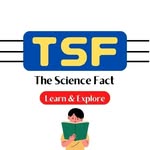
The Science Fact
Join our science group 🔽
Recent Posts
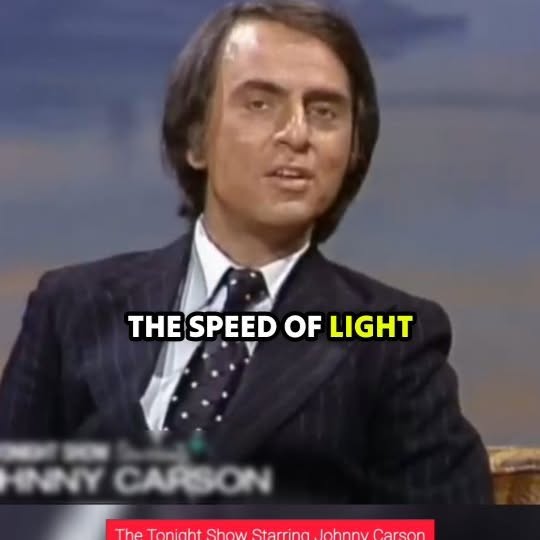
"There was a young lady named Bright whose speed was far faster than light; She set out one day in a relative way and returned on the previous night." According to Einstein's theory of relativity, as an object approaches the speed of light, time slows down for that object relative to a stationary observer. In this limerick, the young lady named Bright is traveling at a speed faster than light, which means that time is moving at a different rate for her compared to someone who is not traveling at that speed. As a result, when she sets out on her journey, she experiences time in a way that causes her to return "on the previous night" even though she left during the day. . . #carlsagan #astrophysics #astronomy #stephenhawking #timedilation #relativity
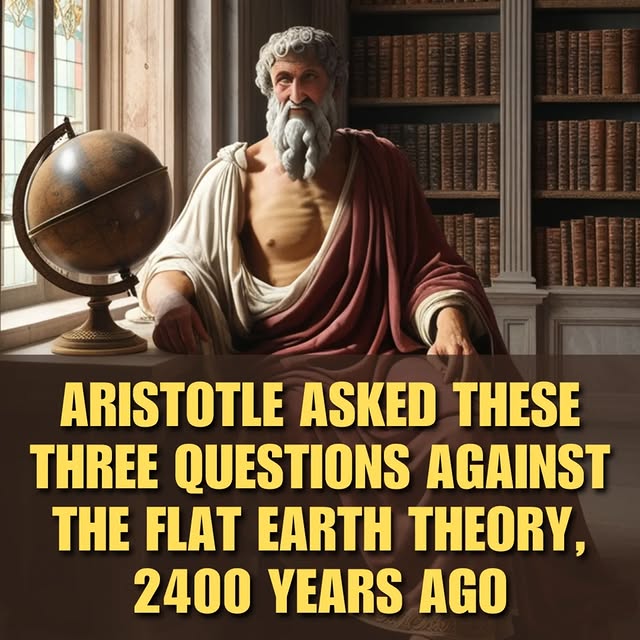
Aristotle's three big questions. . . #astrophysics #stephenhawking #cosmos #carlsagan #astronomy #spacefacts
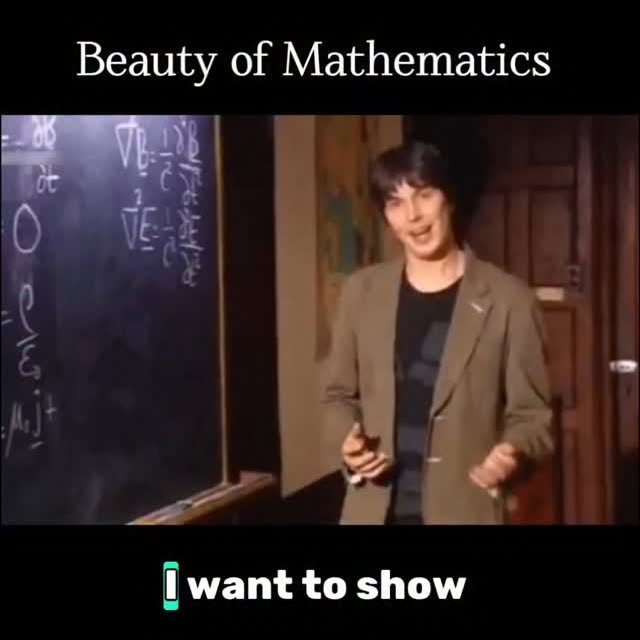
James Clerk Maxwell used Faraday's law of electromagnetic induction as one of the key components in developing his electromagnetic field equations. Maxwell realized that by combining Faraday's law with Ampère's law he could unify electricity and magnetism into a single theory – electromagnetism. Faraday's law states that a changing magnetic field induces an electric current, while Ampère's law relates the magnetic field to electric currents. By incorporating these two laws into his equations, Maxwell was able to show that electric and magnetic fields are interconnected and can be described by a set of differential equations, known as Maxwell's equations. . . #physics #astrophysics #briancox #neildegrassetyson #cosmos
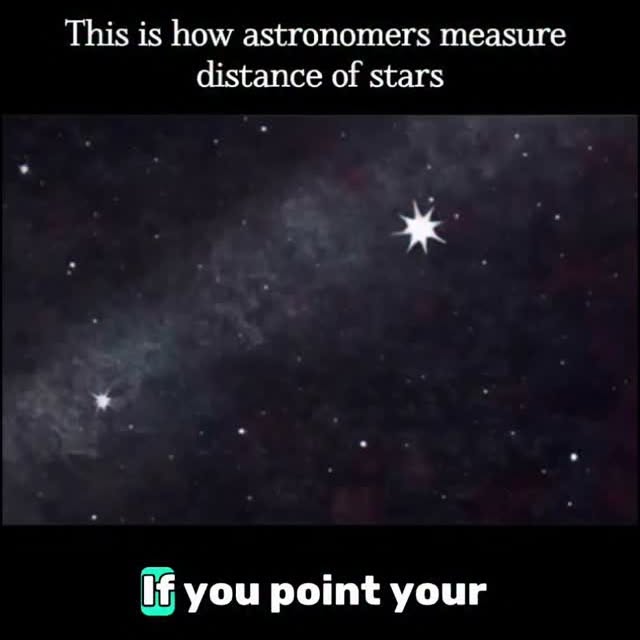
The principle behind trigonometric parallax is similar to how our eyes perceive depth – objects that are closer to us appear to shift more when we view them from different angles. The same concept applies to observing stars from different points in Earth's orbit. Astronomers use the angle of observation at different times of the year to calculate the distance of the star using trigonometry. The closer the star is to Earth, the greater the shift in its position will be when viewed from opposite sides of Earth's orbit. By measuring this shift in position, astronomers can calculate the distance to the star. . . Credit: TED-Ed (Posted only for educational purposes) . . #astrophysics #astronomy #spacefacts #stephenhawking #cosmos
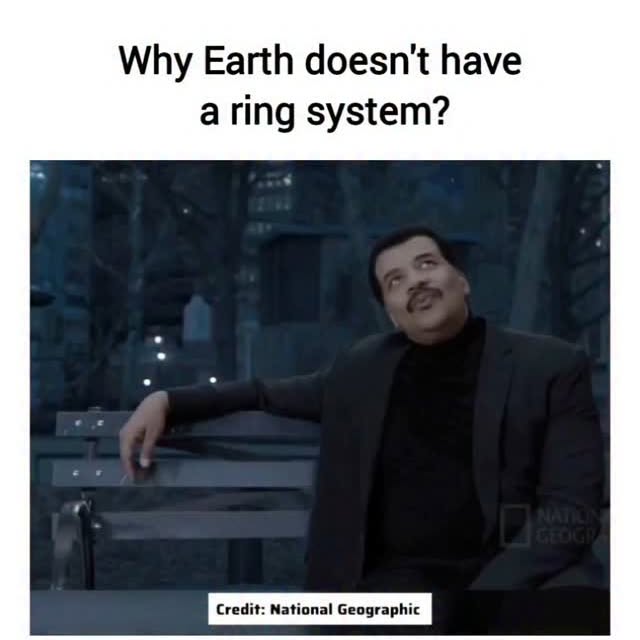
The Roche limit for the Earth and the Moon is approximately 18,470 kilometers. This means that if the Moon were to come within 18,470 kilometers of the Earth's surface, it would be torn apart by tidal forces and potentially form a ring system around the Earth. Currently, the Moon is on average about 384,400 kilometers away from the Earth, which is well beyond the Roche limit and allows the Moon to orbit the Earth without being torn apart. . . #astrophysics #astronomy #cosmos #carlsagan #stephenhawking
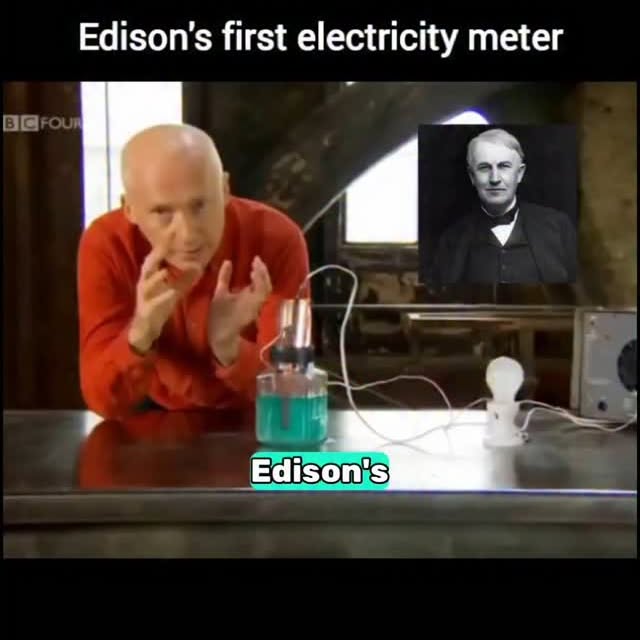
Edison's electricity meter, also known as the "Jumbo" meter, was invented in the late 19th century to address the need for a more reliable and accurate method of measuring electricity consumption. The Jumbo meter consisted of a large glass plate coated with copper, which was connected to the household's electrical system. As electricity flowed through the meter, it caused copper to be deposited on the plate in direct proportion to the amount of electricity consumed. The weight of the copper deposited on the plate was then measured periodically by the utility company to determine the customer's electricity usage. . . #physics #thomasedison #sciencefacts #chemistryfacts #richardfeynman
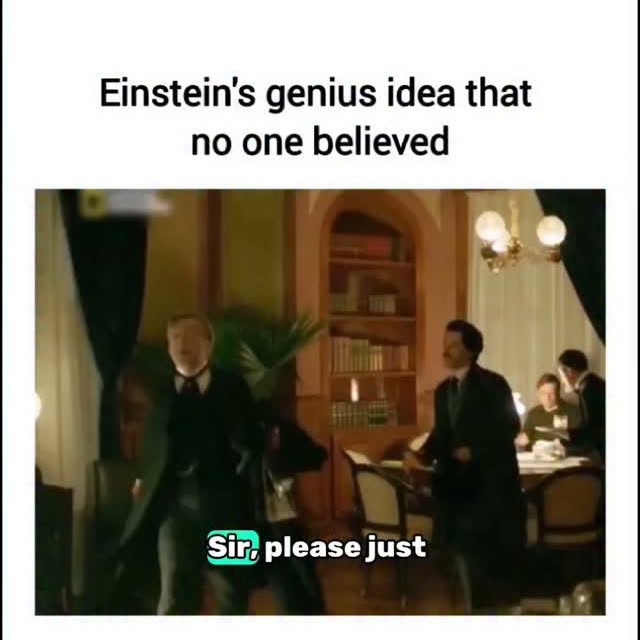
In order to explain the photoelectric effect, Einstein used Max Planck's constant to propose that light behaves as both a particle and a wave. Planck had previously proposed that light is made up of particles called photons, which have energy levels that are quantized. Einstein built on this idea and used Planck's constant to explain how photons can transfer their energy to electrons in a material. According to Einstein's theory, when a photon with energy E strikes a metal surface, it can transfer its energy to an electron in the material. The electron can then be ejected from the surface if the energy of the photon is greater than the work function of the metal. The work function is the minimum amount of energy required to remove an electron from the material. . . Documentary: Genius Credit: National Geographic (Posted only for educational purposes) . . #relativity #alberteinstein #physics
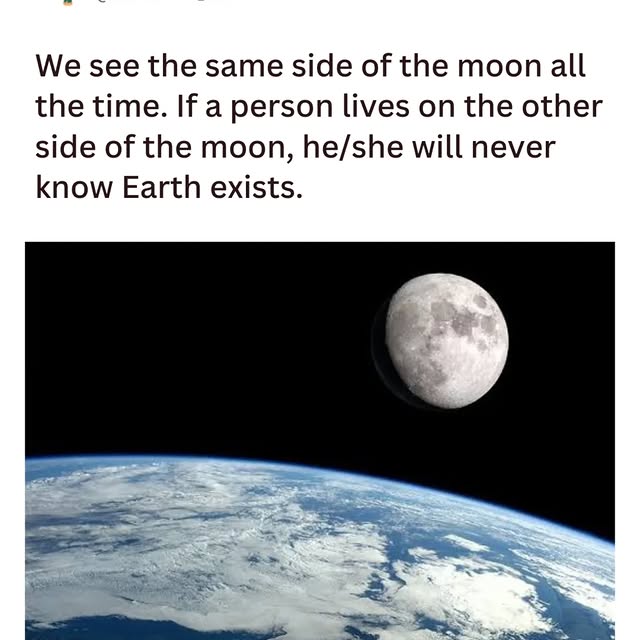
We see the same side of the moon. This is because the moon is tidally locked to the Earth, meaning that the same side of the moon always faces towards us as it orbits around our planet. This is due to gravitational forces between the Earth and the moon causing the moon to rotate on its axis at same rate that it orbits around the Earth. . . #spacefacts #astronomyfacts #solarsystem #spacescience

The special theory of relativity tells us that the speed of light is constant for all observers, regardless of their relative motion. This means that if you are on a moving train and you shine a flashlight, the speed of the light coming out of the flashlight will be the same as if the train were stationary. . . #astrophysics #carlsagan #relativity
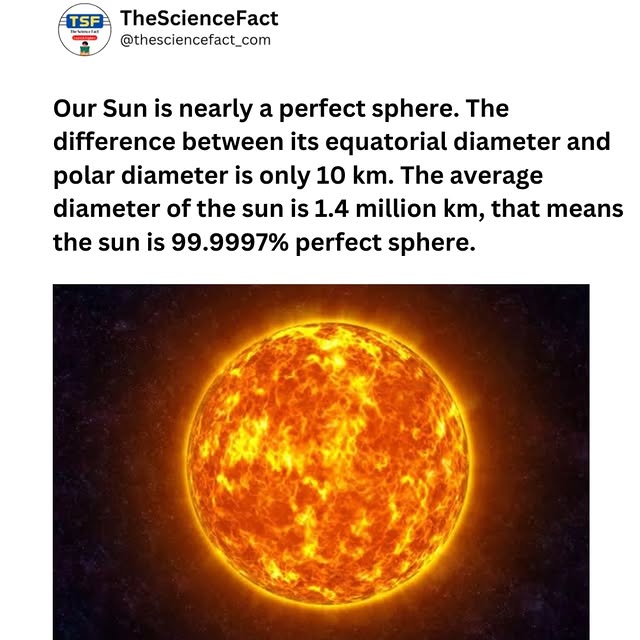
The sun is almost a perfect sphere . . #spacefacts #astrophysics #astronomyfacts #solarsystem
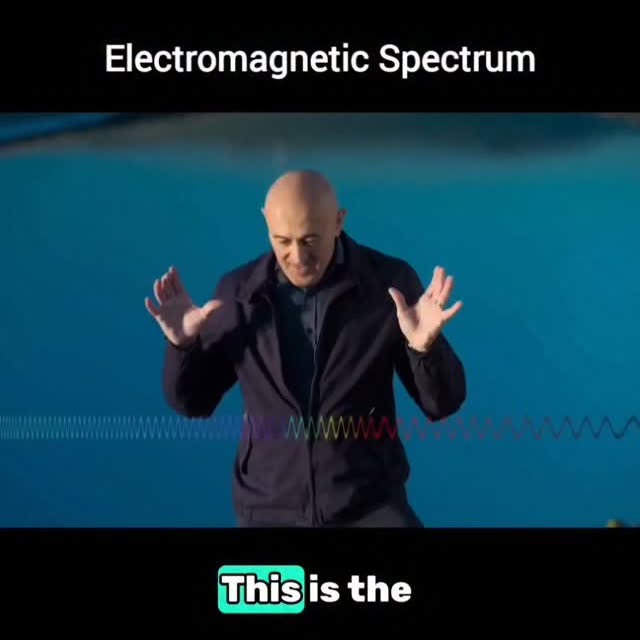
Fun Fact: Visible light makes up only a small portion of the electromagnetic spectrum, approximately 0.0035% of the total spectrum. . . Credit: BBC Host: Jim Al-Khalili (Posted only for educational purposes. DM for Credit/Removal) . . #astrophysics #astronomy #cosmos #carlsagan #physics
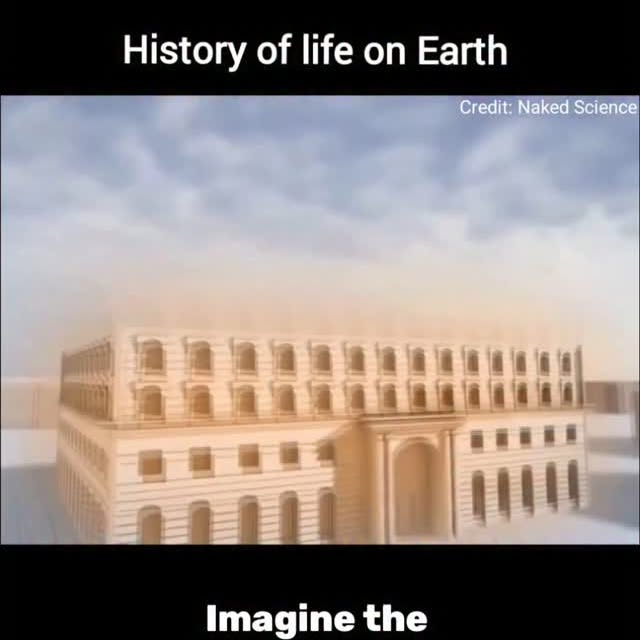
History of life on Earth . . Credit: Naked Science . . #cosmos #charlesdarwin #evolution #stephenhawking #carlsagan
Similar Influencers

Quantum Computing & Tech ⚛️

Prompted | Intelligenza Artificiale


Growth Forge AI

AI Strategies | Business Growth

Awakened Truths

CNET

Quantum | Agência de resultado

Physics Funny

the calculus guy

Rachel Barr | Neuroscientist

TECtalks

𝐂𝐡𝐢𝐩𝐮𝐥𝐚𝐫𝐢𝐭𝐲 ™ | 𝐓𝐞𝐜𝐡𝐧𝐨𝐥𝐨𝐠𝐲 | 𝐘𝐨𝐮𝐫 𝐄𝐝𝐠𝐞

Early Startup Days

Taylor Perkins (Cult Daddy)

Space Cameo

Nobel Prize
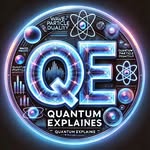
SCIENCE & TECHNOLOGY

Sinéad Bovell

Nathan Hodgson

AI Folks

Startup Archive

Space | universe | knowledge

Billy Carson

BBC News

David Marsh | Space for Earth

Lucio Arese
NPR

Qubit Quest
